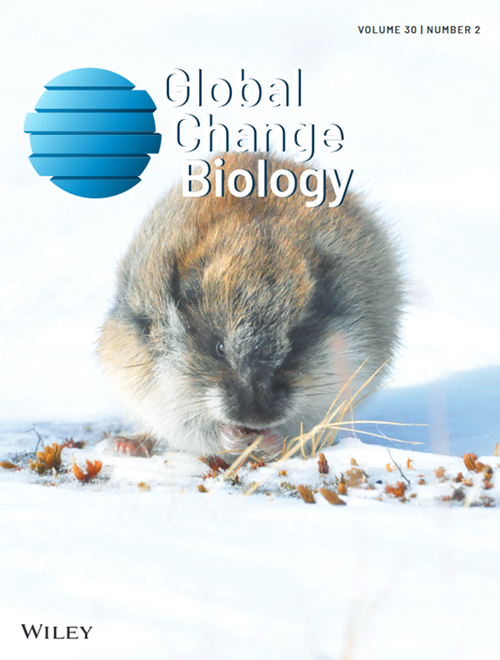Winter Dormant Wheat Will Benefit From Mean Temperature Increase of 2°C When Well-Watered and Fertilized in the Main Producing Regions of China
Abstract
Rising temperatures are projected to lead to a decline in global wheat production. However, this global trend belies the regional nuances of this impact, such as observed local yield increases in some field experiments in the winter wheat-growing region of China. This study combines detailed data from eight field warming experiments and outputs of simulation by an ensemble of three point-based crop models and an ensemble of 10 global gridded crop models to scrutinize the influence of warming on winter wheat yield in the main producing regions of China (MPC). Observed data were obtained from published reports of field experiments, where winter wheat was grown with sufficient water and nitrogen under free-air-temperature increase (FATI) by 2°C. Growth and physiology of winter wheat in the field experiments were simulated by three point-based crop models to validate the effects of warming on wheat growth and yield as simulated by grid-based crop models. Results of field observations and grid simulations both indicate notable increases in average grain yield (observed +13%, simulated +8%) and aboveground biomass (observed +15%, simulated +7%) under 2°C warming across the MPC. The winter dormancy and pre-anthesis duration were shorter with warmer temperature, with the effect that the grain filling period between anthesis to maturity was extended by 6 days. The shorter phenology affected wheat photosynthesis because less solar radiation was available (−6%) over the growth period. However, the leaf area index started to develop earlier and reached a higher maximum than un-warmed control, so the cumulative solar radiation for photosynthesis intercepted by warmed wheat was higher (+9%), as well as the radiation use efficiency (+1%). These findings suggest that well-irrigated and well-fertilized winter dormant wheat is likely to experience yield gains with local warming of up to 2°C, bolstering confidence in future adaptation of wheat production in China.


 求助内容:
求助内容: 应助结果提醒方式:
应助结果提醒方式:


